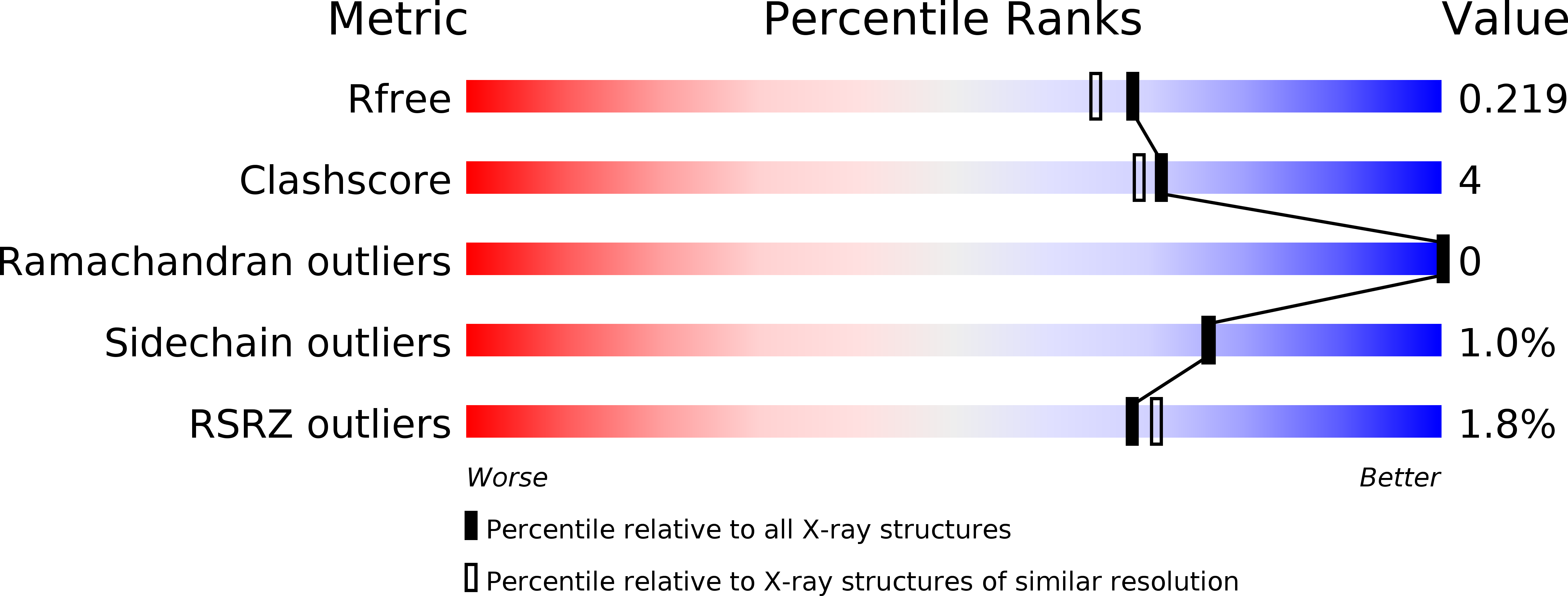
Deposition Date
2016-06-03
Release Date
2017-09-13
Last Version Date
2024-01-10
Entry Detail
PDB ID:
5L7P
Keywords:
Title:
In silico-powered specific incorporation of photocaged Dopa at multiple protein sites
Biological Source:
Source Organism:
Host Organism:
Method Details:
Experimental Method:
Resolution:
1.90 Å
R-Value Free:
0.21
R-Value Work:
0.17
R-Value Observed:
0.17
Space Group:
P 21 21 21


